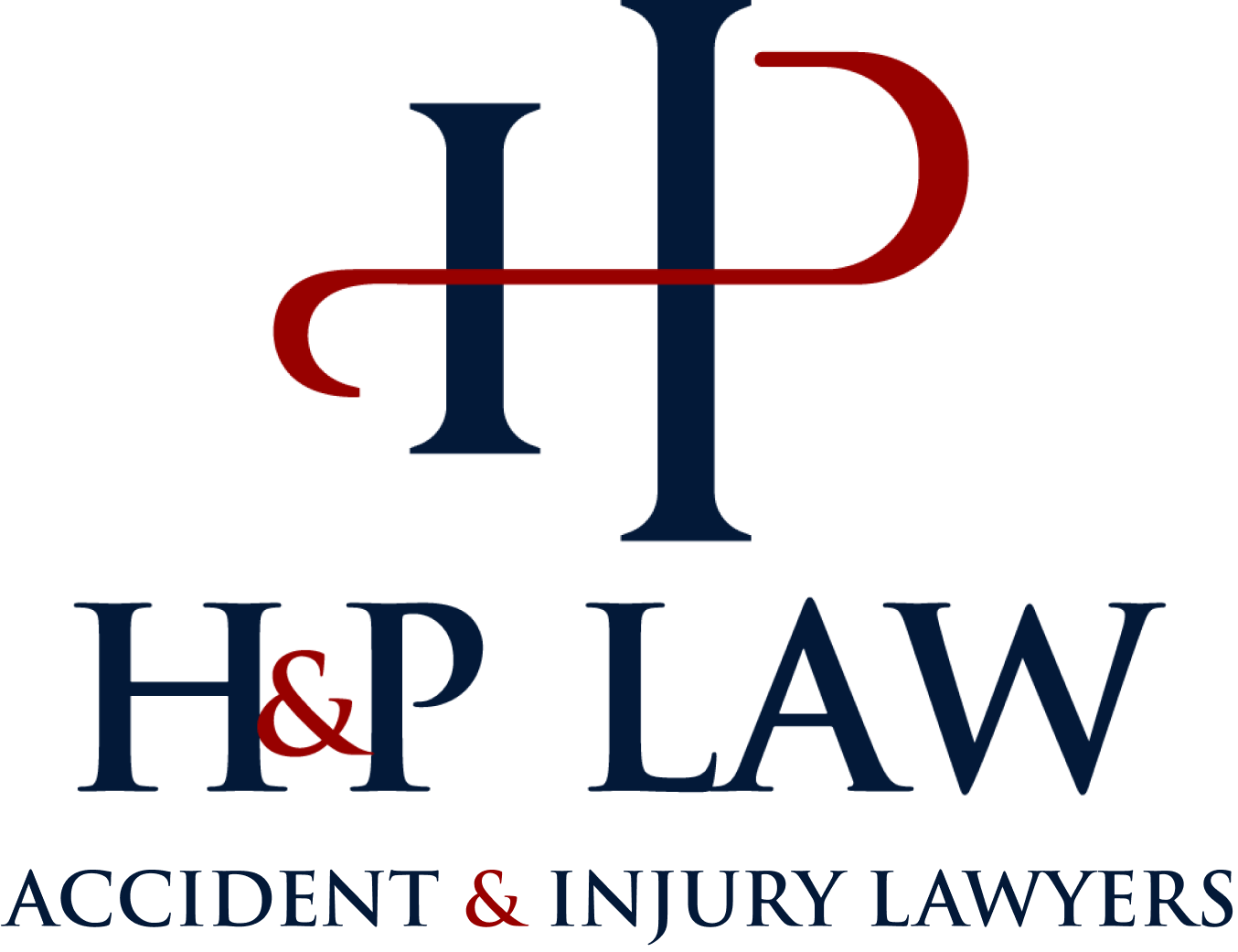
The Las Vegas Metropolitan Police Department recently issued a press release addressing its rising concern for the increase in the number of pedestrian fatalities and publicized its plan to reduce personal injuries and deaths in Las Vegas. The police noted that between 2011 and 2013, there was a steady increase in pedestrian fatalities, and in January 2015 alone there were several pedestrian fatalities.
Unfortunately, Nevada’s rules of the road are not entirely clear as to what a driver’s duty is when it comes to pedestrians. According to the statute governing a driver’s duties to pedestrians, NRS 484B.280, a driver must
- exercise due care to avoid a collision with a pedestrian;
- give an audible warning with the horn of the vehicle if appropriate and when necessary to avoid such a collision; and
- exercise proper caution upon observing a pedestrian on or near a highway, street or road; at or near a bus stop or in the act of boarding a bus; or in or near a school crossing zone or crosswalk (marked or unmarked).
What it means to “exercise due care,” or “exercise proper caution” is usually up to the discretion of the police.
The laws regarding right-of-way is less ambiguous but more complicated and is set forth in NRS 484B.283:
- When official traffic-control devices are not in place or not in operation the driver of a vehicle shall yield the right-of-way, slowing down or stopping if need be so to yield, to a pedestrian crossing the highway within a crosswalk when the pedestrian is upon the half of the highway upon which the vehicle is traveling, or when the pedestrian is approaching so closely from the opposite half of the highway as to be in danger.
- A pedestrian shall not suddenly leave a curb or other place of safety and walk or run into the path of a vehicle which is so close that it is impossible for the driver to yield.
- Whenever a vehicle is stopped at a marked crosswalk or at an unmarked crosswalk at an intersection, the driver of any other vehicle approaching from the rear shall not overtake and pass the stopped vehicle until the driver has determined that the vehicle being overtaken was not stopped for the purpose of permitting a pedestrian to cross the highway.
- Whenever signals exhibiting the words “Walk” or “Don’t Walk” are in place, such signals indicate as follows:
(1) While the “Walk” indication is illuminated, pedestrians facing the signal may proceed across the highway in the direction of the signal and must be given the right-of-way by the drivers of all vehicles.
(2) While the “Don’t Walk” indication is illuminated, either steady or flashing, a pedestrian shall not start to cross the highway in the direction of the signal, but any pedestrian who has partially completed the crossing during the “Walk” indication shall proceed to a sidewalk, or to a safety zone if one is provided.
(3) Whenever the word “Wait” still appears in a signal, the indication has the same meaning as assigned in this section to the “Don’t Walk” indication.
(4) Whenever a signal system provides a signal phase for the stopping of all vehicular traffic and the exclusive movement of pedestrians, and “Walk” and “Don’t Walk” indications control pedestrian movement, pedestrians may cross in any direction between corners of the intersection offering the shortest route within the boundaries of the intersection when the “Walk” indication is exhibited, and when signals and other official traffic-control devices direct pedestrian movement in the manner provided in this section and in NRS 484B.307 [which sets forth the law regarding red, yellow, and green traffic lights].
Of course, pedestrians sometimes must yield the right-of-way. Specifically, a pedestrian crossing a highway where there is no crosswalk must yield to traffic on the highway (unless that pedestrian is blind and has a service animal or walking stick). See NRS 484B.287.
Other, lesser-known laws relating to pedestrians include the following:
- Pedestrians cannot walk on the side of the highway if there are sidewalks;
- Where highways have no sidewalks, pedestrians must walk on the left side of the highways, facing oncoming traffic;
- It is illegal for a person to hitchhike while standing “in a highway”; and
- Pedestrians should use the right side of the crosswalk when practicable.
See NRS 484B.293 and 484B.297.
A violation of these laws constitutes a misdemeanor, but more importantly, put pedestrians at increased risk. To help try to lower pedestrian fatalities, police are targeting several intersections and crosswalks throughout February in an operation it calls “pedestrian decoy.” Officers dressed in plainclothes will spend the day crossing the street and ticket drivers who fail to yield the right of way.
Officers are also seeking out distracted drivers, including those who use their cellular phones while driving. This focus, which will last from February 2 through 28, is described as “a high-intensity effort to protect pedestrians and enforce distracted driving laws.”
Do your part and be a smart driver and pedestrian. Pay attention while you’re crossing the street. Only do so when it is safe. Don’t assume that if you’re in a crosswalk, a driver will yield. As a driver, don’t text and drive. Watch for pedestrians, and give them plenty of room.
If you have been the victim of a pedestrian accident, contact the knowledgeable and compassionate attorneys at H & P.
Zachariah B. Parry is an attorney and founding partner at the law firm H & P and is an adjunct professor who teaches torts, contracts, and Nevada practice and procedure for UNLV’s paralegal program. He can be reached at 702-912-4451.



